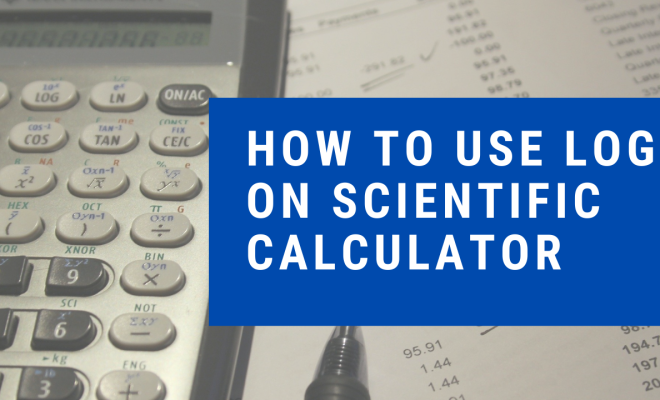How to Calculate Average Deviation: A Comprehensive Guide

Average deviation, also known as mean absolute deviation, is a measure of variability in a dataset. It gives us an idea of how spread out the data points are from the mean, making it an important concept in statistics. In this article, we will walk you through the process of calculating average deviation for a given dataset.
Here are the steps to calculate average deviation:
1.Find the Mean of the Dataset:
The first step in calculating average deviation is to find the mean of the dataset. Mean is simply the sum of all data points divided by the total number of data points. You can use the following formula to calculate mean:
Mean = (ΣX)/n
Where ‘ΣX’ is the sum of all data points and ‘n’ is the total number of data points.
2.Calculate the Deviation of Each Data Point:
Next, you need to determine the deviation of each data point from the mean. Deviation simply means how far away a particular data point is from the mean. To calculate deviation for each data point, subtract the mean from that specific data point and record that value.
Deviation = X – Mean
Repeat this step for each data point to obtain a list of deviations.
3.Compute Absolute Deviations:
Because deviations can be both positive and negative values, we need to convert them into positive ones for easier averaging. To do this, take the absolute value of each computed deviation.
Absolute Deviation = |Deviation|
4.Calculate Total Absolute Deviation:
Now sum up all obtained absolute deviations by adding them together. This will give you a single value, representing total absolute deviation.
Total Absolute Deviation = Σ(Absolute Deviations)
5.Find Average Deviation:
Finally, divide the total absolute deviation by total number of data points (n) to arrive at average deviation or mean absolute deviation:
Average Deviation = Total Absolute Deviation / n
That’s it! Now you know how to calculate average deviation and can easily apply it to any dataset. Understanding this concept is crucial for understanding the variability of data in various research and practical applications, as it helps you better interpret your results and make informed decisions.






